I hear from a lot of people that have a major fear of putting a hole in their walls. Don't let a hole keep you from hanging art or curtains or mirrors or anything else! And at the same time, don't let a large hole dictate where something hangs just because you aren't sure how to repair it. Over the near decade we've been renovation our house, I can't even count how many holes we've repaired in our home. We thought it would be helpful to put together a video on how to repair every kind of hole, small to very large and even the deep cracks in between. You can watch the video below or on YouTube right here!
A few things to note: If your walls have texture to them, you'll want to add texture spray before painting. We have a slight orange peel texture and have had great results with this Homax texture spray.
Here are the tools and materials we use for each size of hole.
Small-Medium Holes
Medium-Large Holes
Large-Very Large Holes
What do you think?
Leave a Reply
Previous Post
all the latest

WE'RE CHRIS + JULIA
We believe we should all love where we live.
We’re a couple of homebodies, working to uncover the home our home wants to be. And we’re so happy to have you here.
read morePopular Posts
Top Categories

01
Portfolio
Befores, afters, mood boards, plans, failures, wins. We’ve done a lot of projects, and they’re all here.
browse all
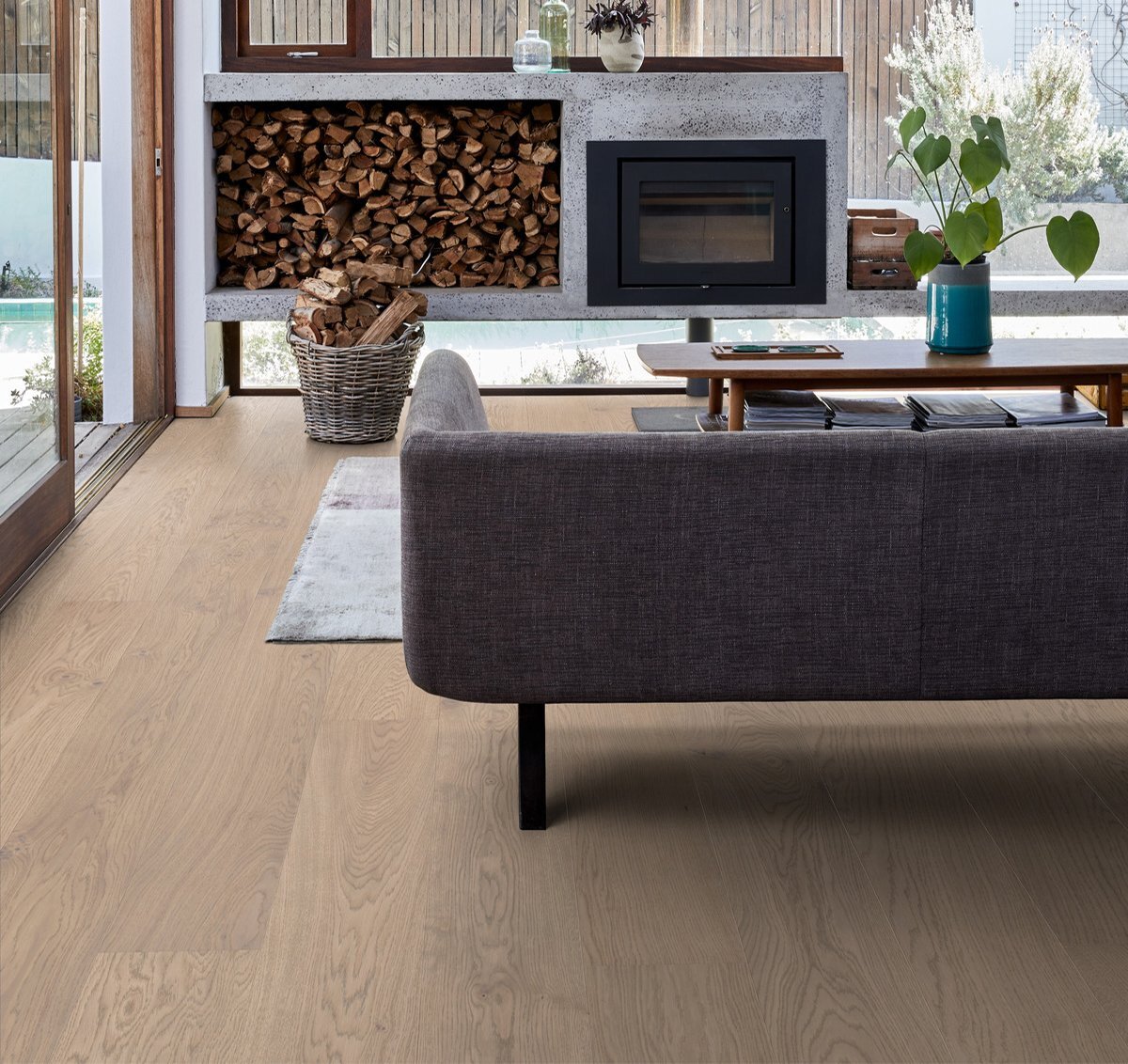
02
Projects
We have a long-standing relationship with DIY, and love rolling our sleeves up and making it happen.
browse all

03
Design
Even when you don’t want to rip down a wall, you can make that space in your home better. Right now.
browse all



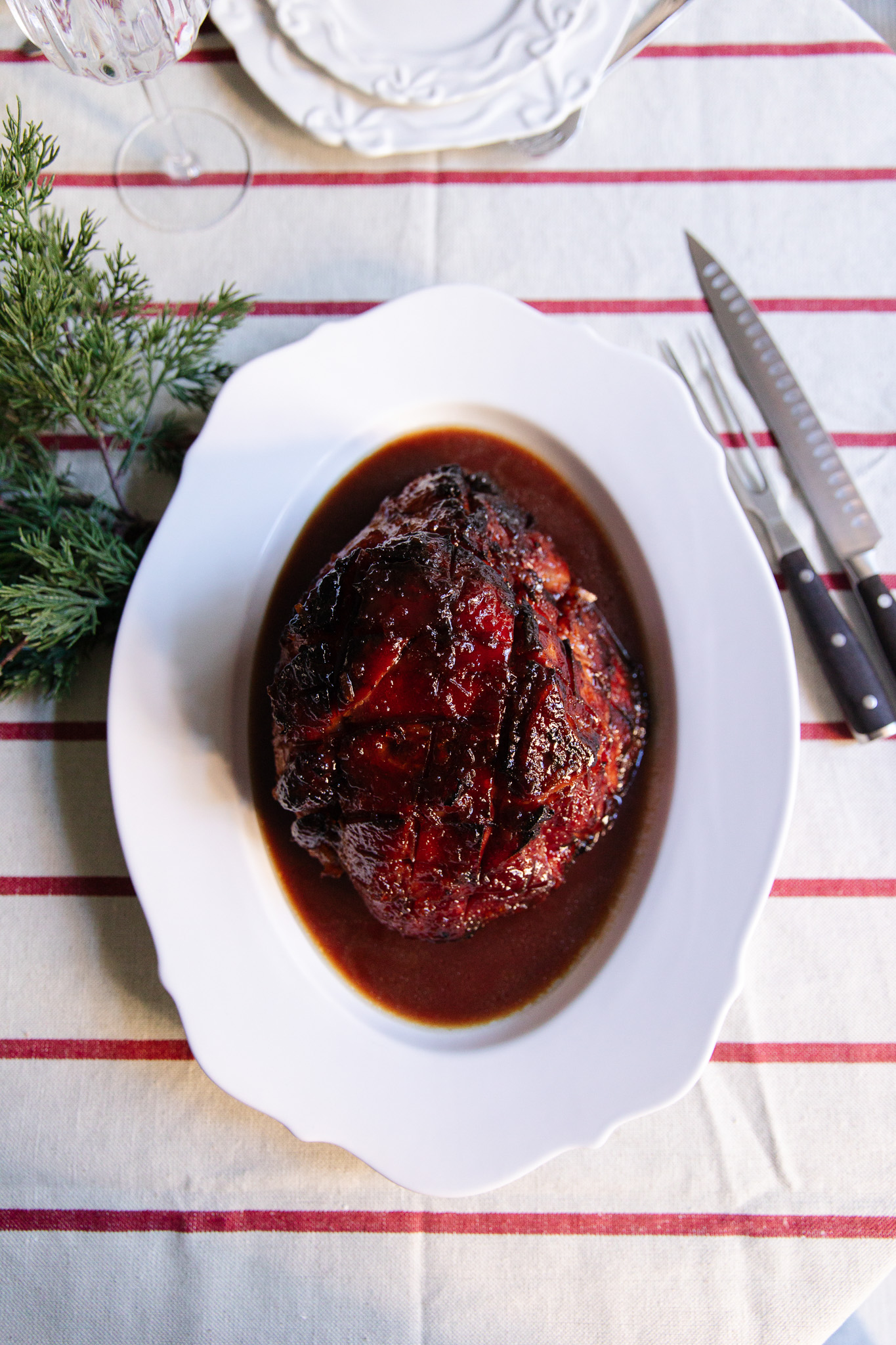


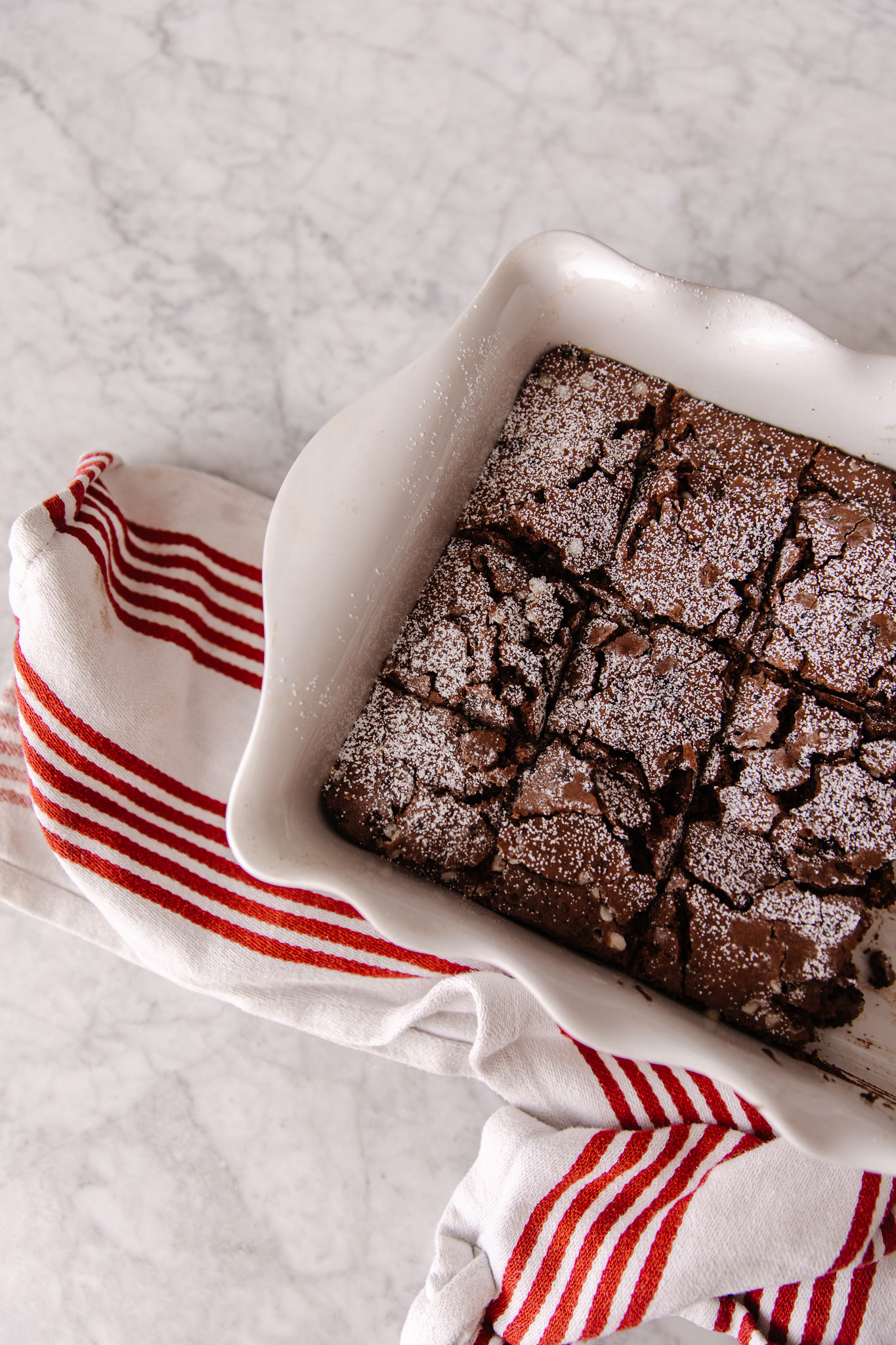



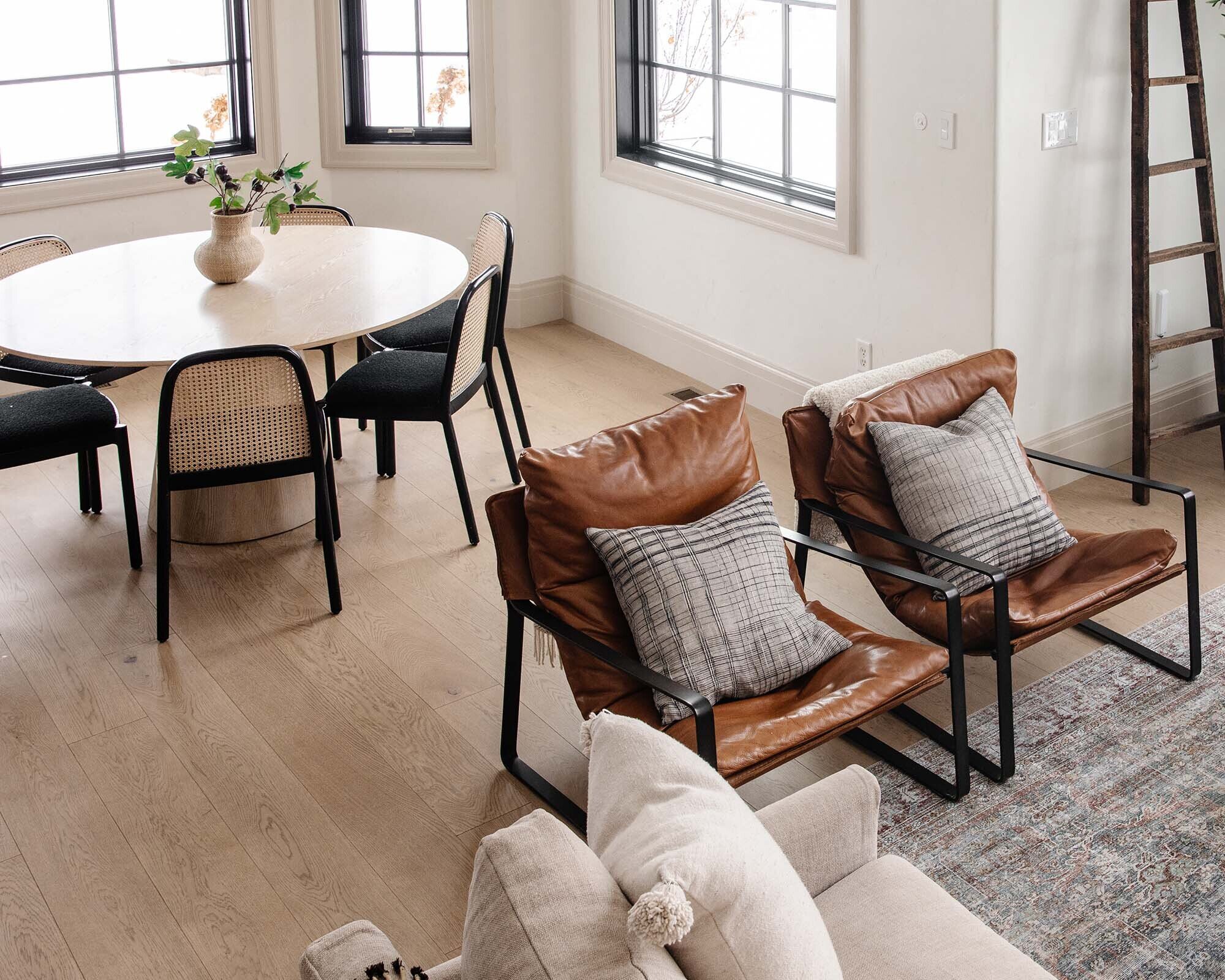



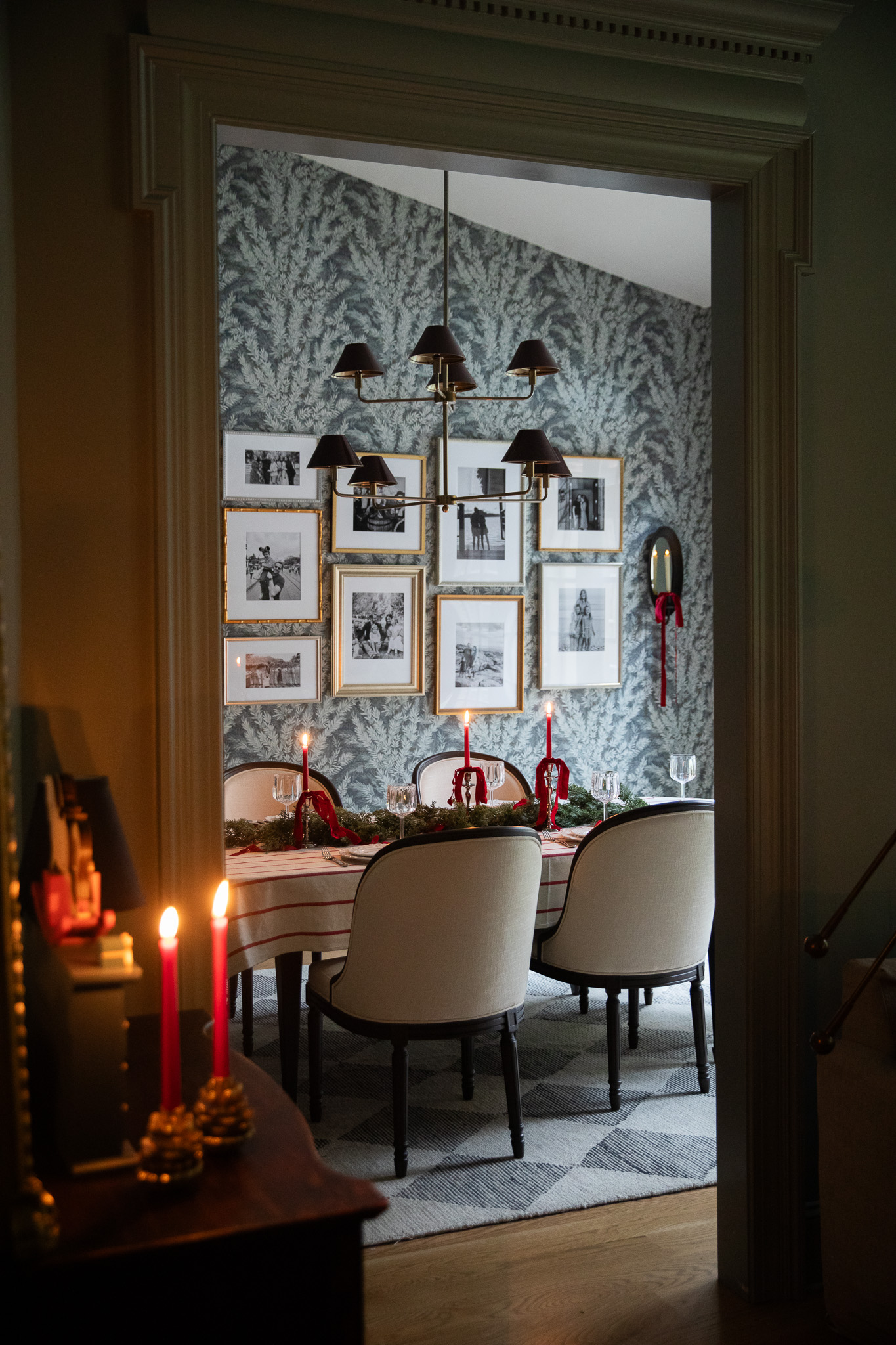



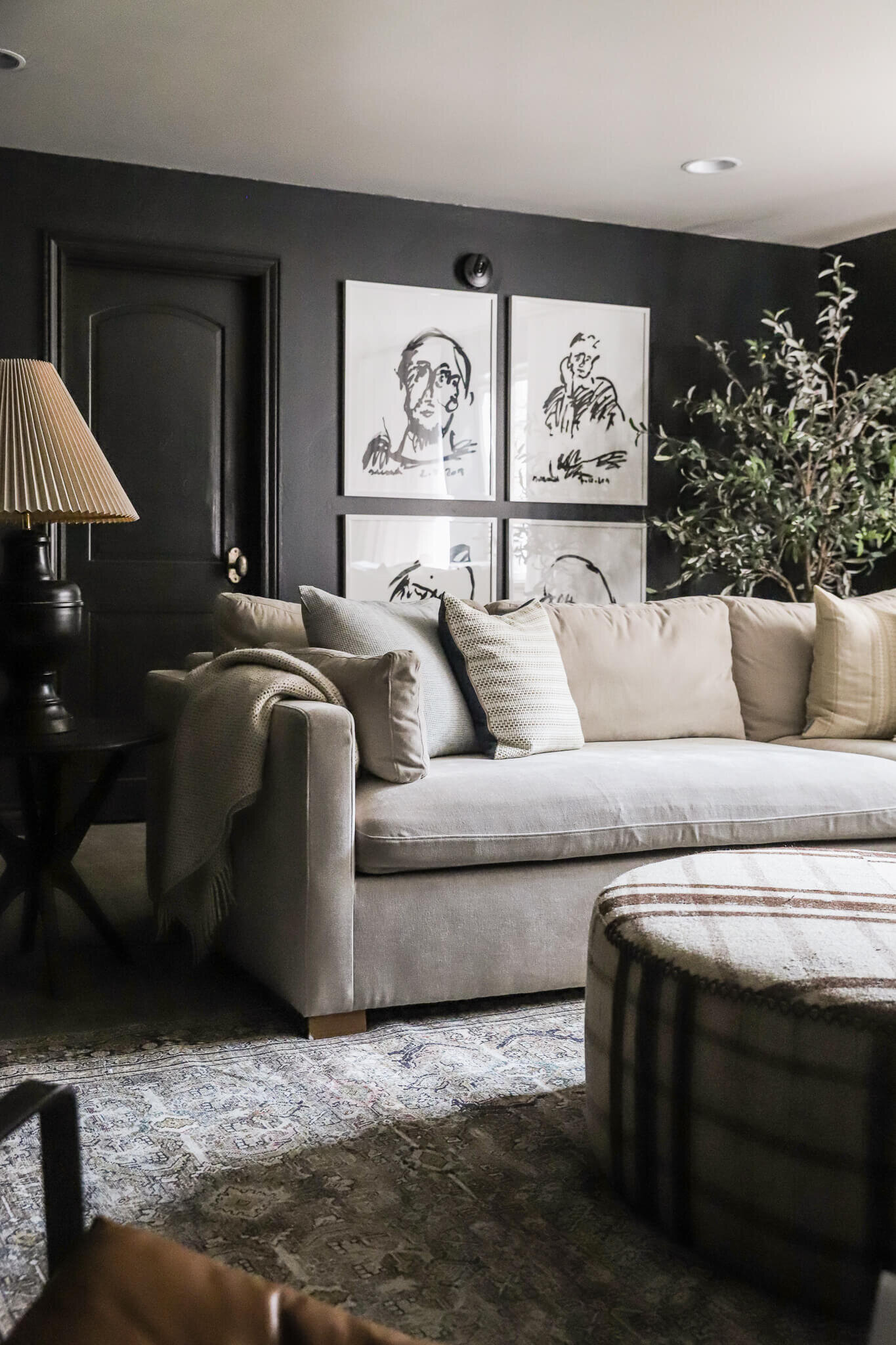


Drywall repair: walls and ceilings
Since it was mass-produced, drywall has been the preferred building materials by most property owners due to their durability, stability, and easy-to-design features. But just like other materials, the drywall also gets damaged and will need the expertise of the drywall contractor. Most of us are unsure when should it be repaired since its damages are barely noticeable. To be familiar with these issues, stay on this webpage.
Cracks
All solid materials will experience this damage. Since it is hard to determine, most of us cannot recognize this damage right away. Disregarding even the slightest crack leads you to a more costly and complicated drywall replacement. To avoid spending a fortune and wasting away your effort, call a drywall services provider. Patching and the application of primer can eliminate cracks.
Loosing of the Joint Tape
This material is applied to the drywall to make it more durable. It adds another layer of compound making it thicker and adding resistance to damage. For a fact, they wear off easily once exposed to moisture. An experienced contractor will just cut the loose tape and spread the compound to the surface. A new set of tapes will then be applied followed by drywall painting to secure them.
Water Damage
Once you see bloats with moisture on the drywall, it is certain that it is water damage. Before it starts to compromise the foundation of the wall, call a professional and have it assessed thoroughly. It is repaired using the right size and type of drywall, countersink it, then secure it in place with primers.
If you see any of these damages to your drywall, call an expert right away. When it comes to impeccable drywall service, Paint Specialist is the drywall contractor that you can trust in New York City area. To know how we provide our service, feel free to call us at (347)-228-3956 today.
Hey Chris! Loved the idea of cross hatching your drywall tape for small holes! Never thought of doing that, but makes sense!
Drywall always seems like a seems like such a scary thing to tackle. Any help I can get from people like you, who seem to know what they are doing, is very much appreciated. It is for sure a learned skill that I am working hard on getting better at every day. Thank you for sharing your knowledge!!
Great article. We recently started a drywall repair business and came across this article. Really appreciate you taking the time to educate us on this. I would have never thought to use the homax texture. It looks simple to use and makes perfect sense. Drywall repair by no means is an exciting topic to write about but you did an excellent job by keeping it entertaining and not boring by having a video to watch as well. Thanks a ton.
This is so great!!! Things I always wished I knew but was too ashamed I didn't know how to do (except for the nail holes, I had that one pretty figured out). Thank you! Also, I can't get over the way Chris says "caulk" haha!
Great video, Chris! I had to patch some terrible areas after some plumbing leaks a few months back and the trickiest part was access to sand it well enough.
(PS- I like the whistling guy; I missed the music in your Chris Cooks video this week even though I didn't like that music)
I am in the process of patching a larger hole and have watched multiple tutorial. This was by far the best one I have seen and actually helped a tons! Hopefully mine turns out as well as your looks. Thanks!
Would you use your gap filler in a bathroom (between tile and a tub)? I have trouble getting the caulk to fill in between the tile and tub, because the gap is so deep. If not, do you have any suggestions? Thank you!
Sure, you could use the foam tubing as a backer then cover it really well with silicone.
Great video! Is the process the same for patching a hole in ceiling drywall?
Sort of. A lot of ceilings will have some crazy textures, and the mud often has sand mixed in. So the patching is the same, but matching the texture is trickier.
I have a large hole in my ceiling. Does the same process apply or does gravity make a difference?
Sort of. A lot of ceilings will have some crazy textures, and the mud often has sand mixed in. So the patching is the same, but matching the texture is trickier.
This is great, thank you so much for putting this together for us. Question -- if down the road I decide to hang a heavy piece of art (or a shelf, etc.) in a spot that was previously spackled ... is it going to hold the nail/anchor? Thanks!
If it was a large hole and you used a mesh patch or mesh tape, it won't hold. If, however, you used the final method of patching with a matching piece of sheetrock, it should hold pretty good, depending on the weight of the art. It will not hold as well as the original sheetrock, though. So be careful of the weight.
Please share where you found that large print on your wall! Love you stuff!
Thank you Chris, so helpful to me for sure. I have a couple of holes to fill and this tutorial tells me to do. Thanks again.
What a great video... (except for that whistling guy in the background - almost had to stop watching because of that) ;) That will definitely save me from waiting until my husband has time to do some of those things. Really appreciate this resource!! Is it possible to buy smaller pieces of drywall to use for patching?
You bet. Lowe's sells pieces that are 24x24in.
I had a small screw top jar with paint for every room in our house along with a bunch of foam brushes. Each jar was carefully labeled (love my p touch brother!). This also helps for dings and mystery marks and gouges and all the other "life" experiences our walls encounter...
Do you have any tips on patching holes on plaster walls?
We've only dealt with drywall ourselves. I'm sorry!
Thanks for the video!
How do you paint over the patched holes? It is obvious where you have painted over and does it usually match up pretty well without showing new v. old paint?
I love using a patch with primer in it so the paint matches really well. If you don't prime first (or use a primer/patch in one) then you can get what's called flashing where the paint looks like a different sheen where you patched the wall.
Love this! I'm curious if you guys have ever had to deal with cracking in your drywall? I had a pretty long crack (like 2 feet) that went from a window corner to the edge of the wall. I sanded it down to get to the bare drywall, taped along the crack with mesh tape, spackled over it with a few layers, and then sprayed texture once it was sanded smooth. Fast forward two years and the same crack reappeared... Any ideas?? And this is the only place in the house with the problem, and it doesn't show up anywhere on the outside, so I don't think its a major foundation issue or anything. I just hate sanding down texture so I want to get it right! I'm about to just go buy some large art to cover it...
Is your home newer? In the first 5 years a home can settle a lot. It's not a sign of foundation issues necessarily, just kind of getting cozy where it is. :) You need a super-flexible material to fill that one so that if/when it expands again, it won't crack. Try DAP ElastoPatch.
Recurring cracks that run diagonally from the corners of windows and doors can be a sign of a structural issue and should be evaluated by a structural engineer.
It’s not structural, that’s been checked out :) so at least that’s good? Haha
No, the house was built in 1964... we even replaced that window, so that shouldn’t be it?
I would love to see the sanding step and finished product. When I patch larger holes, the patch is rarely as smooth as the existing drywall. Maybe you can show this in a follow up post/quick video?
The key is to add enough joint compound or spackle so that you can sand it smooth. We just use a sanding block! Alternatively, you can sand, add another layer of spackle and sand it down one last time after it dries.